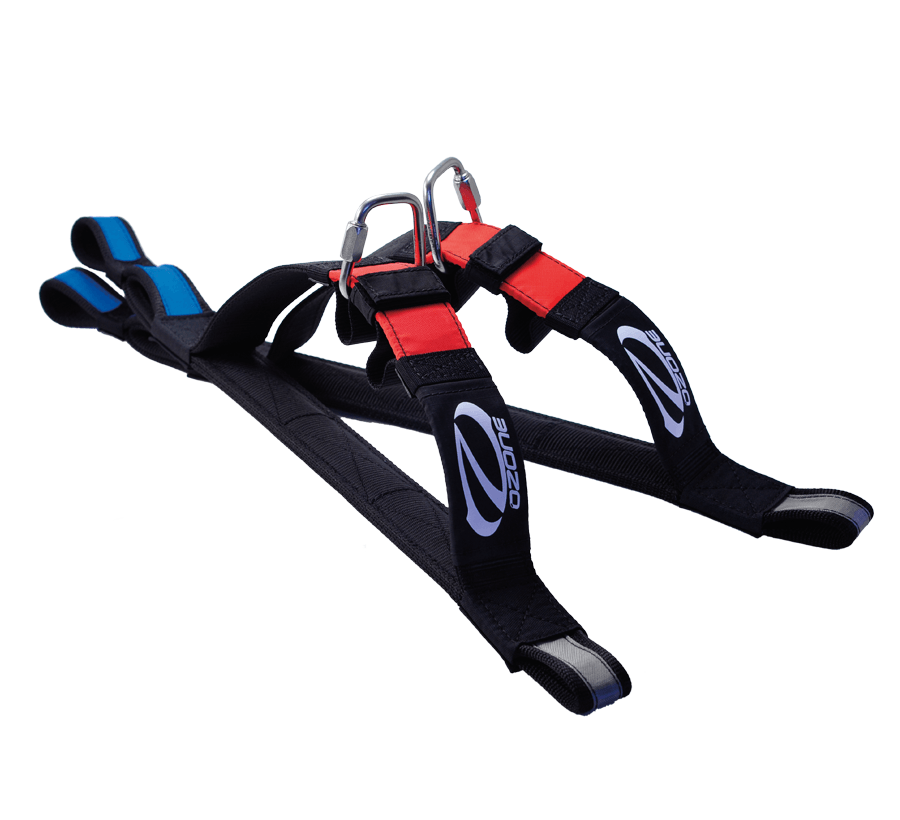
Spreader Bars
Spreader bars are vital components in the lifting and rigging industry. Spreader bars distribute the load evenly and ensure safer operations. Industries like construction, logistics, and manufacturing widely use them to lift heavy objects and reduce stress on lifting equipment. These bars are crucial in balancing weight and preventing load damage and lifting gear damage.
What Is a Spreader Bar?
A spreader bar is lifting equipment designed to enhance safety and efficiency during overhead lifting operations. Its primary function is distributing the load across multiple points, minimizing strain on a single lifting hook, and preventing load imbalance.
How Does a Spreader Bar Work?
Spreader bar’s work by transferring the weight of a load evenly between lifting points. Crane hooks or rigging slings attach these bars, maintaining a horizontal balance to lift objects without tilting or damage.
Types of Spreader Bar
Adjustable Spreader Bars
Adjustable spreader bar’s offer versatility for handling loads of varying sizes. These are ideal for industries where load dimensions frequently change.
Beam Spreader Bars
Beam spreader bars commonly lift large, evenly weighted objects like shipping containers or heavy machinery.
Applications of Spreader Bar’s
Spreader bars are used in a wide array of industries, including:
- Construction: For lifting heavy beams, concrete blocks, and machinery.
- Shipping: To handle containers and oversized loads.
- Manufacturing: For lifting parts or equipment that require precision.
These applications highlight their versatility and necessity in modern industries.

Benefits of Using Spreader Bars
- Enhanced Safety: Spreader bar’s reduce the risk of load imbalance and equipment failure.
- Load Distribution: By distributing weight, they prevent a single hook or sling overload.
- Versatility: Available in various designs to accommodate diverse lifting needs.
- Damage Prevention: Protects the load from deformation during lifting.
How to Choose the Right Spreader Bar
When selecting a spreader bar, consider these factors:
- Load Capacity: Always choose a bar with a higher capacity than your maximum load.
- Type of Load: Adjustable bars are best for variable loads, while beam bars are ideal for uniform loads.
- Rigging Environment: Assess the lifting conditions, including height and space restrictions.
Safety Guidelines for Spreader Bar
- Inspect Before Use: Look for evidence of wear, rust, or damage.
- Follow Load Limits: Never exceed the weight capacity specified by the manufacturer.
- Proper Configuration: Ensure rigging components are correctly attached and balanced.
- Training: Operators should be trained in proper lifting techniques and safety protocols.
Common Mistakes to Avoid
- Overloading the spreader bar beyond its capacity.
- Incorrect rigging setup leading to load imbalance.
- Failing to perform regular inspections.
Maintenance Tips for Longevity
Proper care and maintenance keep spreader bars safe and functioning.
- Inspect for Damage: Check welds, bolts, and attachments for wear or cracks.
- Store Properly: Keep the bar dry and secure to prevent rust and corrosion.
Conclusion
Spreader bars are an indispensable tool for safe and efficient lifting operations. Industries can maximize productivity by understanding their types, applications, benefits, and safety measures while ensuring safety and compliance. Proper maintenance and informed selection further enhance their functionality and longevity.
FAQs
What are spreader bars used for?
Spreader bars distribute load weight evenly for safe, balanced lifting in industries like construction and shipping.
What is the use of a spreader beam?
A spreader beam is used to lift heavy loads by distributing weight evenly across multiple points, ensuring balance and reducing stress on the lifting equipment. It’s ideal for handling wide, long, or fragile objects safely.
What is the advantage of spreader bars?
Spreader bars improve lifting safety by evenly distributing weight, preventing load damage, and reducing stress on lifting equipment. They enhance balance and efficiency in handling heavy or oversized loads.






